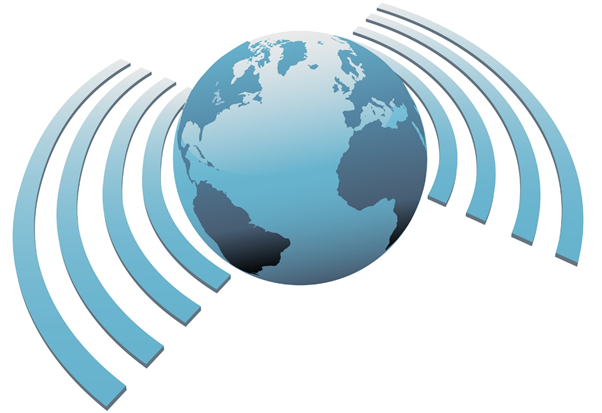Source: asharkyu ,Shutterstock
Summary
- Commerce Commission released a Monitoring report, which showed growth in fixed broadband usage amid first COVID-19-induced lockdown.
- There has been a shift to endless or unlimited mobile bundles.
- Residential landlines are declining in admiration as more than 50% of the household fixed-line connections were bought with no voice service.
Commerce Commission of New Zealand produces annual monitoring reports every year, which evaluates the performance, development, and competition in telecommunications in NZ.
A survey containing questionnaire of telecommunications businesses is conducted and subsequently, the aggregated data is released.
The 2020 Monitoring report showed that fixed broadband usage per month rose by 77GB to 284GB for the year ended 30 June 2020, driven up by COVID-19 induced lockdowns and related changes in the way Kiwis worked, learned, and played.

Source: © Michaeldb | Megapixl.com
The data usage rose in March end when NZ was at Alert Level 4 lockdown. However, the usage declined as the country gradually lowered its Alert levels from late April until Alert level 1 on 8 June 2020. The average amount of mobile data consumed per connection is now 3.29GB per month.
Further, 14% of residential on-account subscribers bought ‘endless’ or ‘unlimited’ mobile bundles in 2020, a rise of 7% from the prior year. Hence, there has been a move to unlimited/endless mobile bundles.
About 221K use technology as a substitute to landline, up by 16% from the prior year. More than 50% of the households are now mobile only while making voice calls.
Speeding up of data usage patterns
Telecommunications Commissioner Tristan Gilbertson stated that mobile roaming revenue for mobile network providers had fallen by 20% as a result of COVID-19 travel limits, with revenue from Kiwis roaming abroad declining by 20%.
After the initial lockdown, fixed wireless broadband speeds fell by 25%, though broadband technologies worked properly with average download speeds staying constant.
Kiwis are migrating from copper broadband connections to fibre and other emerging technologies, with copper connections now accounting for just 28% of the total broadband connections, as per Mr Gilbertson. He also added that there had also been a drop in the popularity of residential landlines.
In the fixed-broadband industry, smaller telecommunications companies continue to gain market share. In 2020, the market share of smaller retailers rose from 11% to 13%.



